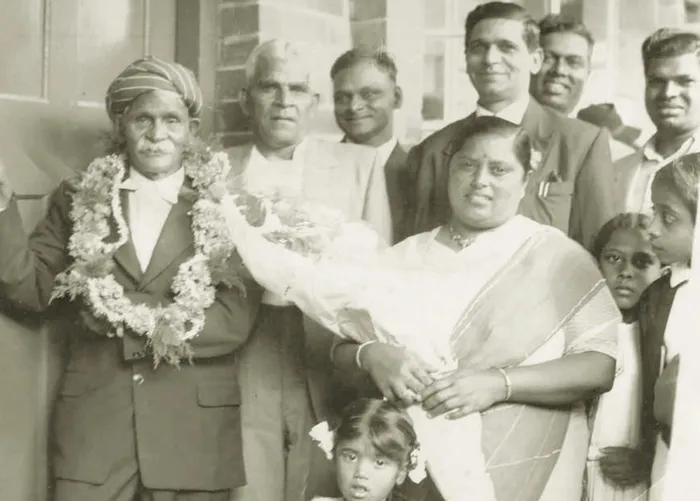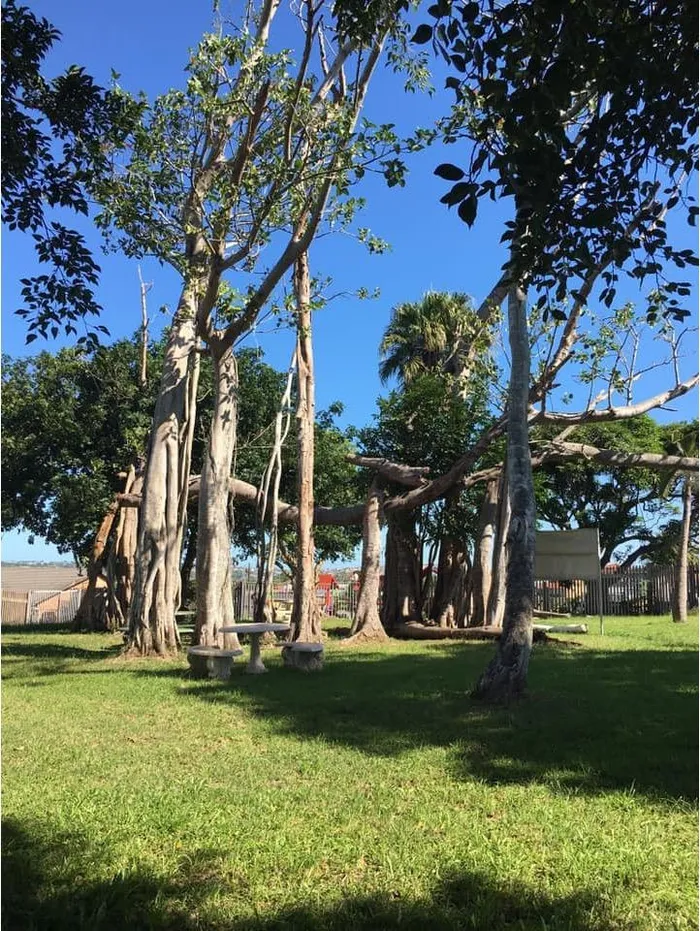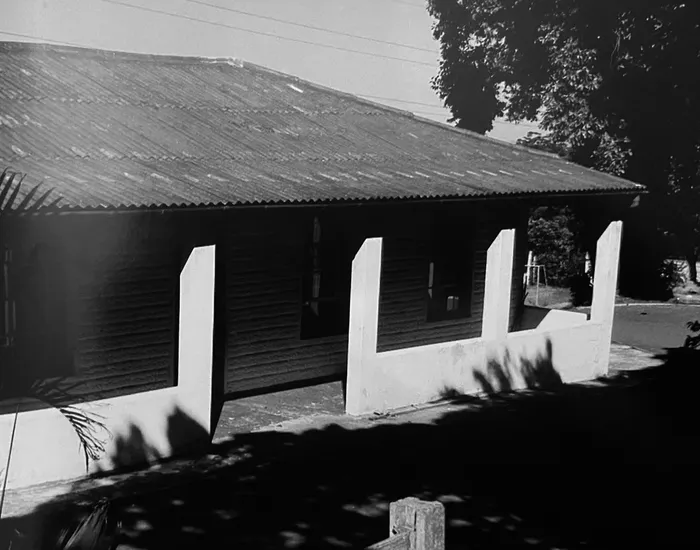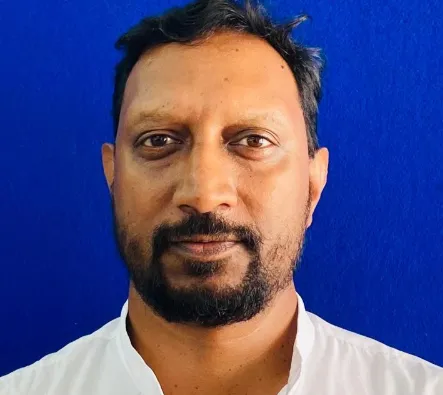Mapping places of memory in Phoenix and Chatsworth
Preserving history

A 1940s photo of MS Reddy, left, and Mulliah Ankie Reddy to his right at the opening of a block of classrooms at Chatsworth Vernacular Institute, later named Bayview School.
Image: Glimpses of Rural Chatsworth. The Life and Times of a People of the Soil. Edited by Yogin Devan
THE story of the world is a history of erasures characterised by the suppression of triumphs or the rubbing away of a people’s history. In both instances, these histories are constantly underwritten. This week marks the 165th anniversary of the first indentured workers who arrived on the Truro on November 16, 1860.
Thirty-one years into our democracy, more needs to be done in telling stories of the Group Areas Act’s constructs like Chatsworth, Phoenix, and preserve places of memory that keep alive the legacy of indentured history.
In Phoenix, to the north of Durban, stand banyan trees in Saccharine Hill Estate, located in unit 17, Grandmore Phoenix. These beautiful tree saplings were brought on ships and planted in a circular formation resembling a village council by our indentured ancestors, and have stood tall and proud for some 165 years since the first 342 indentured passengers arrived in 1860. The site is a living memorial to the spirit of determination and hard work that will be mapped as a site of conscience on the Indentured Labour Route of South Africa.
Saccharine sugar estate located in the Phoenix area of KwaZulu-Natal, South Africa, which is now a general location or area within the municipality. Historically, the Natal Estate took over the Saccharine Estate, and the old records of the estate were subsequently destroyed. The area is known today for locations such as the Saccharine Grounds, a local venue often used for community events and sports like soccer finals.

Batam trees planted by indentured workers in Phoenix.
Image: Selvan Naidoo
In Chatsworth, the legacy of self-help endured by the legacy of indenture, is evident in the Chatsworth Vernacular Institute, built in 1938 for classes in Tamil, Hindi, Urdu, and Telugu. Years later, the school was renamed the Bayview Government-Aided School. The school now located on Felicity Street, Bayview, Chatsworth, offered English as the principal medium of instruction, with vernacular languages being taught after the formal school day.
Initially, the school comprised a single block, and as demand for schooling increased, more classrooms were added. The school was built by the collective hands of the original residents of rural Chatsworth, the Banana farming community, who settled here after completing their indentured contracts. According to the editor of Glimpses of Rural Chatsworth: The Life and Times of a People of the Soil, Yogin Devan, by the 1950s, almost 14,000 people were living in Chatsworth, making up a vibrant rural community.
The Bayview Government-Aided School owes much of its being to the selfless work of Mulliah Ankie Reddy, who arrived as a four-year-old with his father, Mulliah, in 1902. The Reddys were allocated to a tea estate owned by Sir Liege Hulett in Nonoti, Stanger (KwaDukuza). Years later, the senior Mulliah Reddy worked in Northern Natal before settling in Chatsworth as a market gardener as part of the Banana farming community of rural Chatsworth. The Chatsworth Vernacular Institute’s principal benefactor, Ankie Reddy, commenced life as a waiter in one of the hotels in Durban, and after his father could no longer work, he turned to market gardening to provide for the family.

The first block of the Chatsworth Vernacular Institute later named Bayview School, which was built in 1940.
Image: Picture Credit: Glimpses of Rural Chatsworth. The Life and Times of a People of the Soil. Edited by Yogin Devan
Mulliah Ankie’s determination to forge a better life saw him become one of the earliest market gardeners to own a motor vehicle, a van that he used to transport fresh produce. Educationist and founding member of the Chatsworth Vernacular Institute, the late Palanisamy “PI” Devan reminisced in a speech, “I can clearly recall the hot Sunday in 1939 when MA Reddy brought together about ten members of the market gardening community to work on this very site where we are today. With the supervision of MA Reddy, hollow blocks were made on the site. He fed the members with big mugs of porridge at midday. The work progressed over several weeks. The school building was completed, and Tamil classes began in 1940 with PN Moodley as the first Tamil teacher. The school produced outstanding pupils. We collected tickeys and sixpences at the Magazine and Railways barracks in Durban to help us build the school.”
The preservation of the memory of those who built our communities is vastly disparate in historiography, equality, and legacy for the descendants of indentured workers who toiled the land. Failing to write about the everyday life of the people, how they lived, what they thought, and what they achieved in building communities will ultimately diminish the meaning of the indentured experience, not only for the three million men, women, and children who participated in these systems but also for their tens of millions of descendants. Our duty is to preserve these places of memory in keeping alive the legacy of indenture in Phoenix and Chatsworth.

Selvan Naidoo
Image: File
Selvan Naidoo is the great-grandson of Camachee indentured number 3297 and Director of the 1860 Heritage Centre.
THE POST
Related Topics: